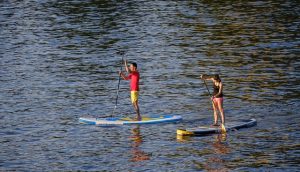Inflatable Paddle Boards (IPBs) prioritize durability for recreational water activities, featuring high-quality materials, strategic design, and advanced manufacturing techniques. Longevity is enhanced by reinforced edges, secure valves, waterproof materials, and regular maintenance. Key material choices, such as UV-resistant rubbers and plastics, prevent damage and prolong the lifespan of IPBs, making them a sustainable option. The construction industry's shift towards eco-friendly materials and technologies mirrors this sustainability focus, with natural resources and innovative designs revolutionizing building practices for a greener future.
Durable construction is a game-changer in today’s world, where buildings need to withstand the test of time and environmental challenges. This comprehensive guide explores various aspects of durability, from fundamental principles to cutting-edge innovations. We delve into real-world examples like inflatable paddle boards, showcasing how design and material choices impact longevity. Learn about strategic material selection, sustainable design breakthroughs, and maintenance practices that ensure structures remain robust. Plus, discover emerging trends in eco-friendly building materials shaping the future of durable construction.
Understanding Durable Construction: The Basics
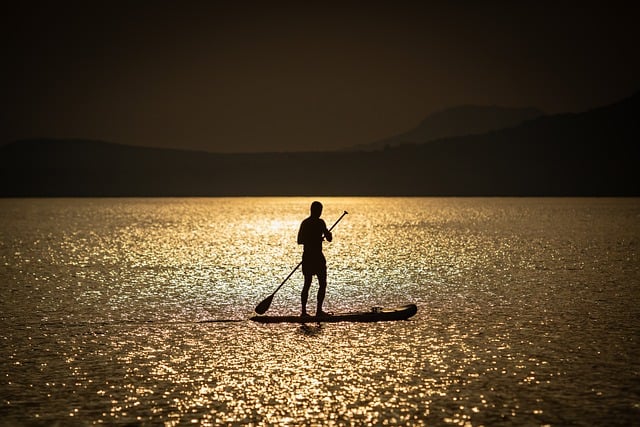
Durable construction isn’t just about building strong buildings; it’s a holistic approach that considers the long-term impact, functionality, and aesthetics of structures. When applied to products like inflatable paddle boards (IPBs), durability means creating items that can withstand rigorous use, varying weather conditions, and time without compromising performance or safety. It involves using high-quality materials, precise manufacturing techniques, and thoughtful design to ensure longevity.
For IPBs, durable construction translates into robust materials that can handle repetitive paddling, exposure to sun and water, and potential falls from waves. This includes reinforced edges, sturdy valves for secure inflation, and waterproof materials to prevent leakage. Additionally, focusing on durability helps reduce waste and carbon footprint by extending the product’s lifespan, making it a more sustainable choice for outdoor enthusiasts.
Inflatable Paddle Boards: A Case Study in Durability
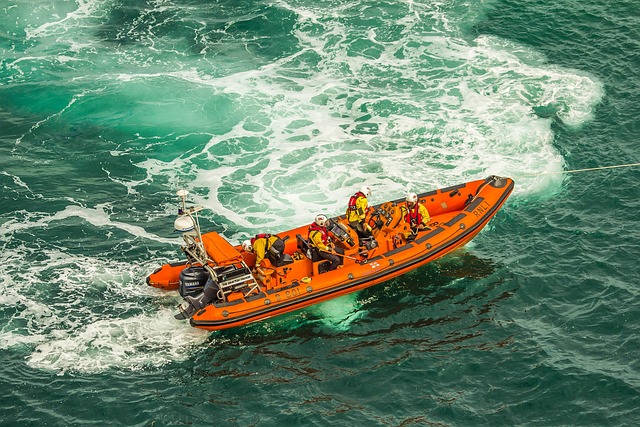
Inflatable paddle boards (IPBs) have emerged as a popular choice for recreational water activities, offering convenience and accessibility. However, their success in the market hinges on durability—a key aspect that sets them apart from traditional surfboards or kayaks. IPBs are designed to withstand various aquatic conditions, from rough waves to diverse water temperatures. Their construction involves advanced materials and manufacturing techniques, ensuring they can handle frequent use without compromising integrity.
These boards often incorporate durable, high-quality PVC or polyester fabrics, reinforced with robust stitching and sealing. This robust build enables them to bounce back from impacts, tears, or punctures, a common concern for water sports enthusiasts. Regular maintenance, such as proper storage, inflation pressure checks, and occasional repairs, further extends their lifespan. The versatility of IPBs—used both in calm waters and whitewater—is a testament to their durability, making them a reliable companion for outdoor adventures.
Material Selection for Longevity
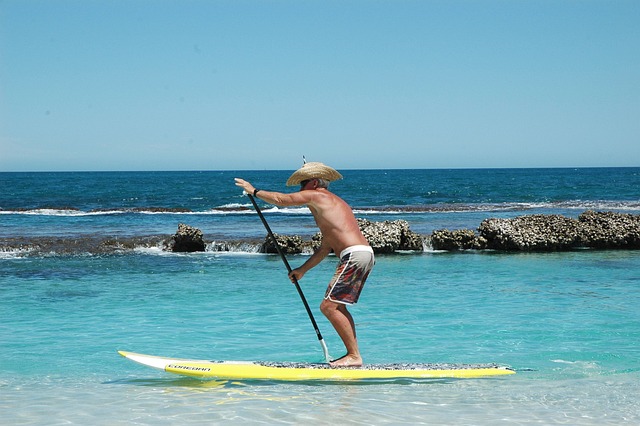
When it comes to durable construction, material selection plays a pivotal role in ensuring longevity. For products like inflatable paddle boards (IPBs), choosing the right materials is essential for withstanding various outdoor elements and prolonged use. High-quality, robust rubbers and plastics are preferred for their resistance to fading, cracking, and breaking down under UV exposure and harsh weather conditions.
These materials not only offer durability but also contribute to the overall performance and safety of IPBs. For instance, a sturdy outer layer can prevent punctures and tears, ensuring the board remains in top condition for extended periods. This focus on material science helps extend the lifespan of inflatable boards, making them a more sustainable choice for enthusiasts who frequently enjoy water sports.
Design Innovations in Sustainable Construction

In the realm of durable construction, design innovations are transforming the way we approach sustainability. Much like an inflatable paddle board that combines strength and portability, modern architectural designs integrate eco-friendly materials and energy-efficient systems to create structures that stand the test of time while minimizing environmental impact. These advancements range from smart homes equipped with sensors for optimal resource allocation to buildings wrapped in living facades that enhance insulation and reduce carbon footprints.
One notable trend is the adoption of modular construction techniques, which allow for prefabricated components that are not only quick to install but also contribute to less waste on site. Similarly, incorporating renewable energy sources such as solar panels and wind turbines into building design reduces operational costs and lowers greenhouse gas emissions. Just as an inflatable paddle board can adapt to various water conditions, these designs offer versatility and resilience, ensuring a harmonious balance between functionality, aesthetics, and environmental stewardship.
Maintenance and Care: Ensuring Long-Lasting Results

Proper maintenance and care are essential components in ensuring that your durable construction, such as an inflatable paddle board, lasts for years to come. Regular cleaning and storage play a significant role in preserving its integrity. After each use, gently clean the board with mild soap and warm water, then thoroughly dry it before storing. This simple practice prevents mold and mildew buildup, which can weaken materials over time.
Additionally, protect your inflatable paddle board from extreme weather conditions. Avoid leaving it exposed to direct sunlight for extended periods as UV rays can degrade the material. In cold climates, consider using a protective cover or bringing it indoors during winter to prevent frost damage. By implementing these care routines, you’ll extend the lifespan of your construction project, ensuring optimal performance every time you use your inflatable paddle board.
Future Trends in Eco-Friendly, Durable Building Materials
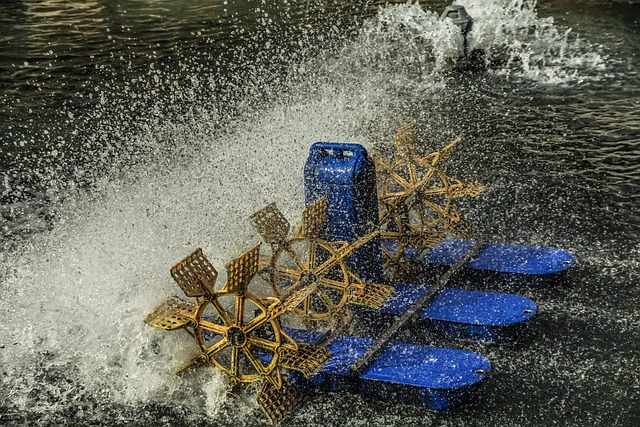
The future of construction is looking greener as the industry shifts towards eco-friendly and durable building materials. One promising trend is the increased use of sustainable, natural resources such as bamboo, hemp, and recycled wood, which offer exceptional strength and versatility while minimizing environmental impact. These materials not only reduce carbon footprints but also contribute to better indoor air quality, making them a popular choice for health-conscious builders and homeowners.
Additionally, innovative technologies are emerging, focusing on creating smart, adaptive structures. For instance, advanced composite materials inspired by nature, like the lightweight yet robust designs found in sea shells, could revolutionize construction. Furthermore, integrating renewable energy sources into building materials, such as photovoltaic tiles or solar-powered cladding, is becoming more common. These developments not only promote energy efficiency but also reduce the overall environmental burden, making our buildings more sustainable and in sync with a changing world—much like an inflatable paddle board that’s both versatile and eco-conscious, ready to navigate the challenges of tomorrow’s construction landscape.
